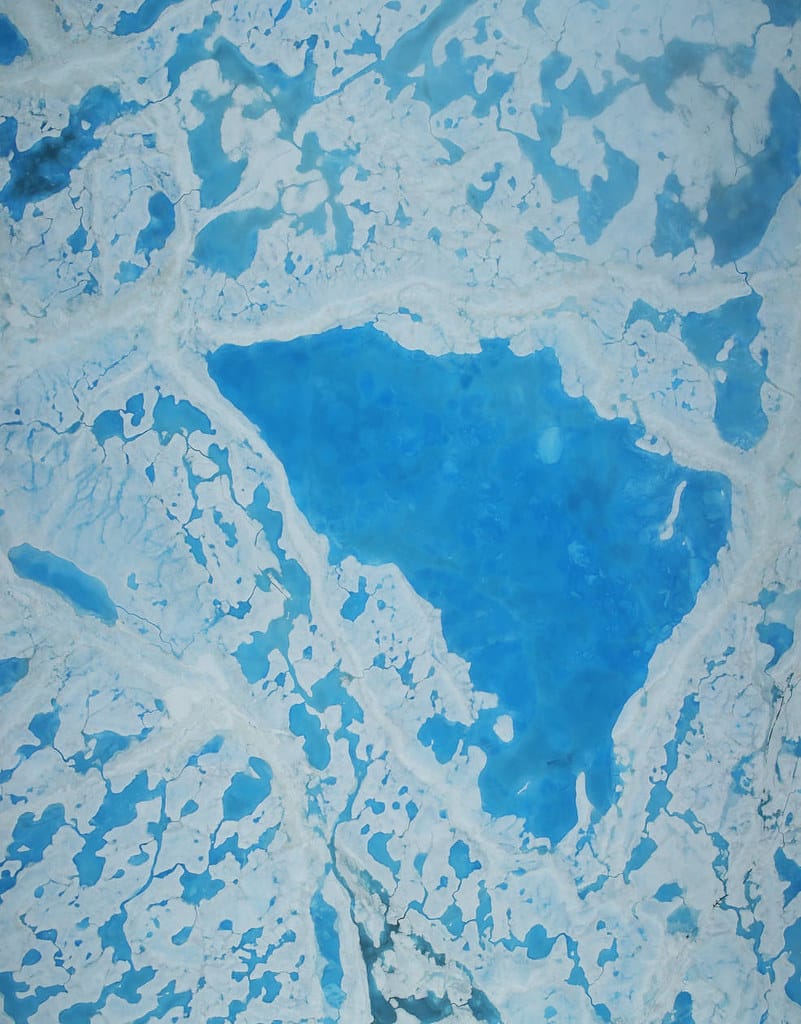Arctic Sea Ice Melting Slows to Crawl, Baffling Climate Scientists Worldwide
The Arctic Ocean's ice cap, long considered the canary in the coal mine for global warming, has delivered an unexpected surprise that's forcing climate scientists to reconsider their projections. After decades of accelerating ice loss, new satellite data reveals that Arctic sea ice melting has dramatically slowed over the past three years, creating ripples of both confusion and cautious optimism throughout the scientific community.
The Numbers Tell an Unexpected Story
According to the National Snow and Ice Data Center, Arctic sea ice extent has stabilized at approximately 4.9 million square kilometers during summer minimums since 2021—a stark contrast to the precipitous decline observed from 2007 to 2020. This represents the first sustained pause in ice loss since comprehensive satellite monitoring began in 1979.
Dr. Sarah Mitchell, a polar oceanographer at the Woods Hole Oceanographic Institution, describes the phenomenon as "genuinely surprising." She notes that climate models had predicted continued accelerated melting through at least 2030, with some projections suggesting ice-free Arctic summers by 2035.
"We're seeing ice thickness measurements that haven't been recorded in over a decade," Mitchell explains. "Some regions are showing ice that's 30-40% thicker than our recent averages."
Potential Causes Behind the Slowdown
Oceanic Current Shifts
One leading theory points to significant changes in Atlantic meridional overturning circulation (AMOC)—the massive oceanic current system that transports warm water northward. Recent studies indicate this circulation has weakened by approximately 15% since 2019, potentially reducing the flow of warm Atlantic water into the Arctic Basin.
Atmospheric Pattern Changes
Meteorologists have also identified unusual atmospheric patterns, including a persistent high-pressure system over the Arctic that has redirected warmer air masses away from polar regions. This "Arctic blockade" has resulted in cooler summer temperatures across much of the ice-covered ocean.
Volcanic Activity Impact
Lesser-known factors may include increased volcanic activity along the Mid-Atlantic Ridge, which could be affecting deep ocean temperatures and current patterns in ways scientists are only beginning to understand.
Global Climate Implications
While the news might seem encouraging for those concerned about climate change, scientists urge caution in interpretation. The slowdown doesn't negate decades of warming trends or the broader impacts of greenhouse gas emissions on global climate systems.
"This appears to be a temporary pause rather than a reversal," warns Dr. James Chen, lead climatologist at NOAA's Arctic Research Program. "We're still operating within a fundamentally altered climate system. The question is whether this represents natural variability or something more significant."
The implications extend far beyond the Arctic itself. Sea ice plays a crucial role in regulating global weather patterns, ocean circulation, and the planet's ability to reflect solar radiation back to space.
Impact on Arctic Communities and Wildlife
Indigenous communities across Alaska, northern Canada, and Greenland are reporting mixed effects from the ice stability. While some welcome the return of traditional hunting patterns, others note that the overall ecosystem remains stressed from previous decades of rapid change.
Polar bear populations, which had been struggling with habitat loss, are showing signs of stabilization in some regions. However, marine biologists emphasize that other Arctic species continue to face significant challenges from ocean acidification and changing food webs.
What This Means Moving Forward
The Arctic sea ice slowdown serves as a powerful reminder that Earth's climate system contains numerous variables and feedback loops that scientists are still working to understand fully. While this development provides valuable breathing room for Arctic ecosystems, it shouldn't be interpreted as a solution to broader climate challenges.
Research funding has already been redirected to study this phenomenon more intensively, with new satellite missions and ice-drilling expeditions planned for 2024 and 2025. The data collected will be crucial for refining climate models and improving long-term projections.
As we continue to monitor this unexpected development, one thing remains clear: the Arctic continues to be ground zero for understanding how our planet's climate system responds to both human influence and natural variability. The ice may be holding steady for now, but the story of Arctic change is far from over.
